Meet the Artisan: Peter Sheldon
“Art is work.” We couldn’t agree more with these important words from Peter Sheldon.
Peter Sheldon is a Los Angeles-based ceramicist that we’ve admired and have been lucky enough to work with for years through Shoppe and Amber Interiors projects. His pieces from dinnerware to vases to pitchers to trays are works of art that we’ve used time and time again, and naturally, have become staples in our homes.
The Peter Sheldon pottery studio in East Lost Angeles is a place for deep exploration of carefully creating handmade pieces that are not only beautiful, but made for every day use that will last a lifetime. Our respect for Peter’s extensive attention to detail and unrivaled dedication to his artistry were a a natural reason we wanted to feature him as part of our Meet the Artisan Series. Scroll down and read all about Peter’s creative process, advice for beginning a creative journey, and of course, shop our favorite pieces from Peter Sheldon’s collection.

A conversation with Peter Sheldon…
1
Tell us about your journey that’s led you to where you are today.
I got into ceramics in high school. I learned to throw on the wheel and just loved the whole thing – the material, the kilns, the process. After college I worked in a studio in northwestern Montana, and then a residency in New Zealand before moving to Los Angeles in 2012.
Each place has its own aesthetic, materiality, and sense of place. It’s the accumulation of these experiences that informs the work we are making now.
2
What’s your typical day like at the studio?
What I love about making pottery is that I usually do lots of different things in a day, like throwing, trimming, glazing, and loading kilns. Each step comes with its own set of skills and challenges. What has always attracted me to ceramics is the wide breadth of exploration. For example, we formulate our glazes in the studio, a process that involves research, chemistry, geology, and aesthetic considerations. It’s the combination of the scientific and the artistic that has always attracted me to ceramics. There is space for deep exploration in both fields.
3
How has your creative process evolved over the years?
The type of kiln, or the way ceramics are fired, can have a huge impact on the finished result.
In Montana and New Zealand I was firing wood kilns. This is a fairly labor-intensive process that builds the surface through long firings and exposure to ash, flame, and varied atmospheres. It also meant that much of my process was based on the firing, and much of the glazing or surface was a result of all the wood burned in the kiln. When I moved to Los Angeles I transitioned to an electric kiln.
This was a huge shift as the atmosphere in an electric kiln is a neutral one – perfect for delivering consistent and even results, bad for creating unique and kiln-driven surfaces. But the shift forced me to reconsider the glazing process and the attention we put into formulating unique and attractive glazes. Switching kilns put the emphasis on the glaze lab rather than the kiln. I love the surfaces we are working with right now, and they are a direct result of the transition.
4
What inspires your designs on a daily basis?
An interesting thing about ceramics is that we have thousands of years of history to draw from. You can trace trade routes and cultural influences across the world. Just researching blue and white pottery from China provides opportunity to investigate Mexican, English, Middle Eastern, and Dutch pottery as well. I find this endlessly inspiring.
Whenever I come up with some cool new idea in the studio I’m always reminded that somebody has already done it and probably way better. That’s not meant to be self-deprecating, it just speaks to the long history of ceramics.
5
When it came time to start a business, what were the biggest challenges you faced and how did you overcome them?
One of the challenges in ceramics is the infrastructure – wheels, kilns, kiln shelves, glaze materials, etc. When I first moved to Los Angeles I was making my work in Pomona at the American Museum of Ceramic Art (AMOCA). It was a bit of a drive, but I was able to take advantage of the huge studio attached to the museum. This was invaluable, as they helped me to get settled before the move into our current downtown LA studio.
6
What’s the best piece of professional or personal advice you’ve ever received?
Art is work.
I think sometimes people have a notion that artmaking is easy. This is important advice because, like anything else, it takes a lot of hard work.
7
What advice would you give to someone just beginning their creative journey?
A good teacher can really make a difference. And later, finding people around you who can contribute advice or skills – especially if you’re just getting started – can be very helpful. When I moved to LA, I knew lots about making pottery, but not so much about contracts, branding, business development, etc. But I had people around me who did have those skills, and that was invaluable.
8
How do you define success?
Happiness.
9
What are three things you can’t live without?
1. Water
2. Music
3. Cheese
10
What’s next for Sheldon Ceramics?
We see an opportunity to do larger, custom ceramic concepts for retail and design clients. We have the ability to express so many different things in our studio and projects like this would allow for new research, techniques, and forms, as well as challenging ourselves in exciting ways.
Shop Peter Sheldon

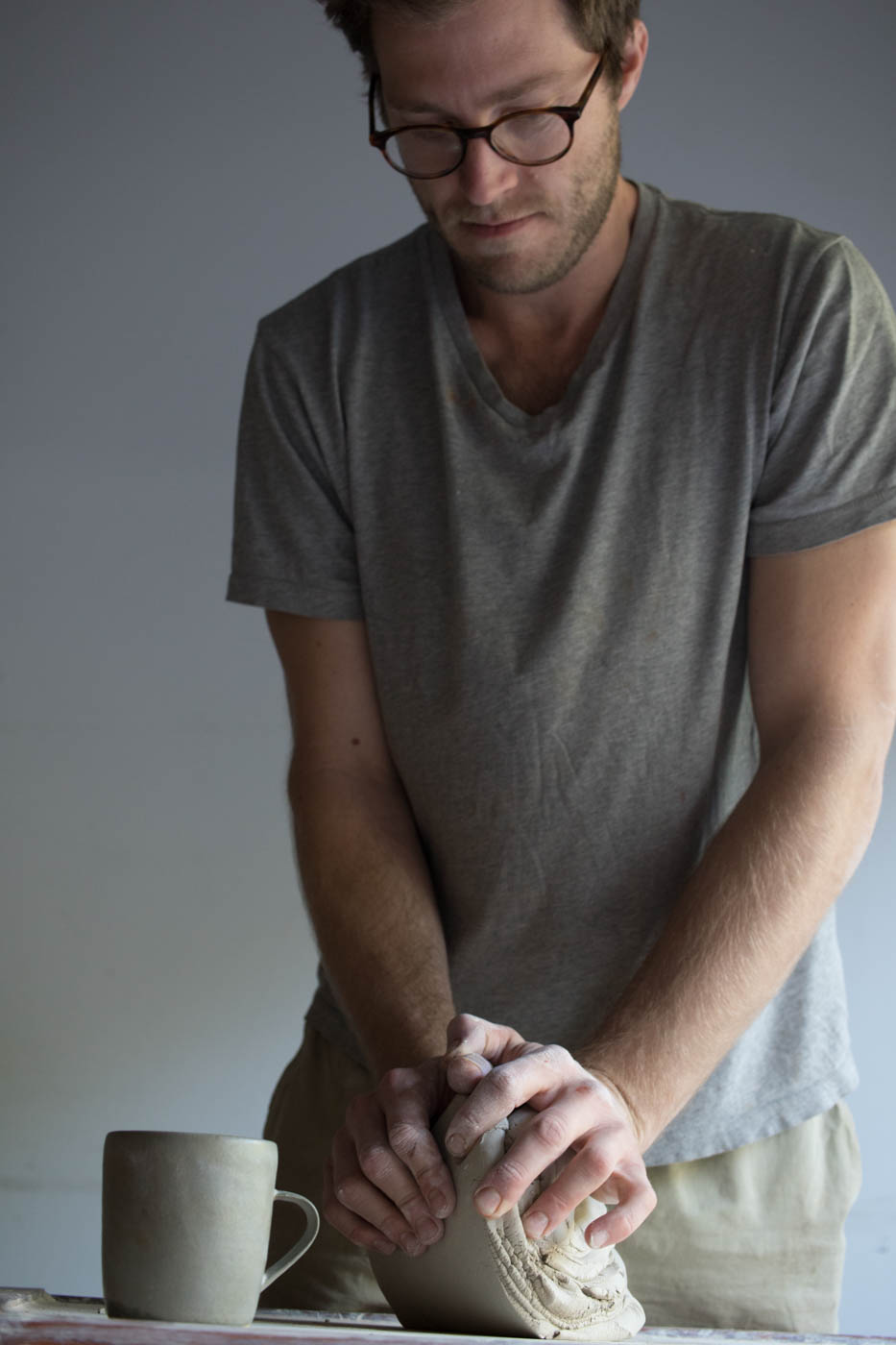
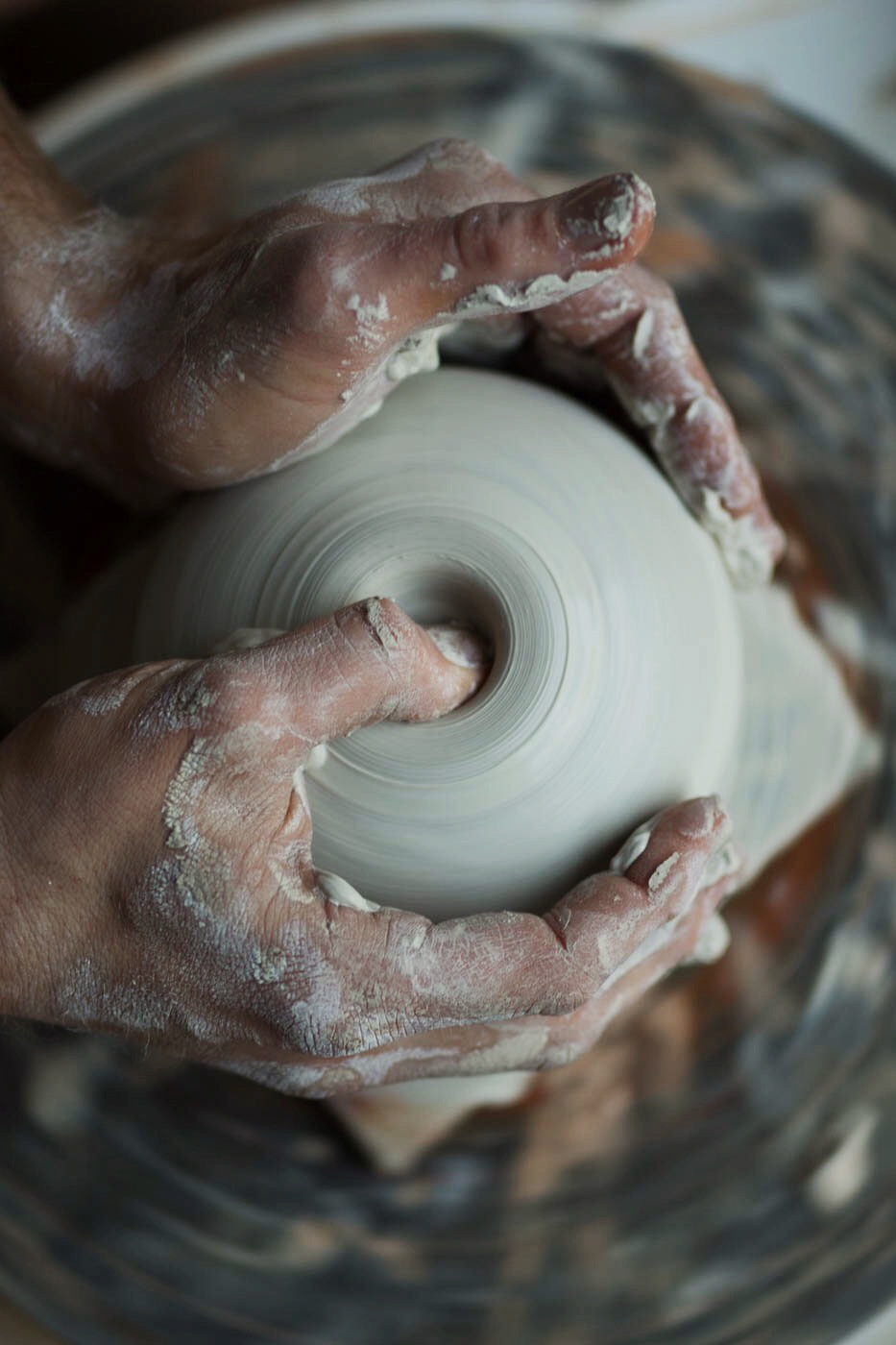
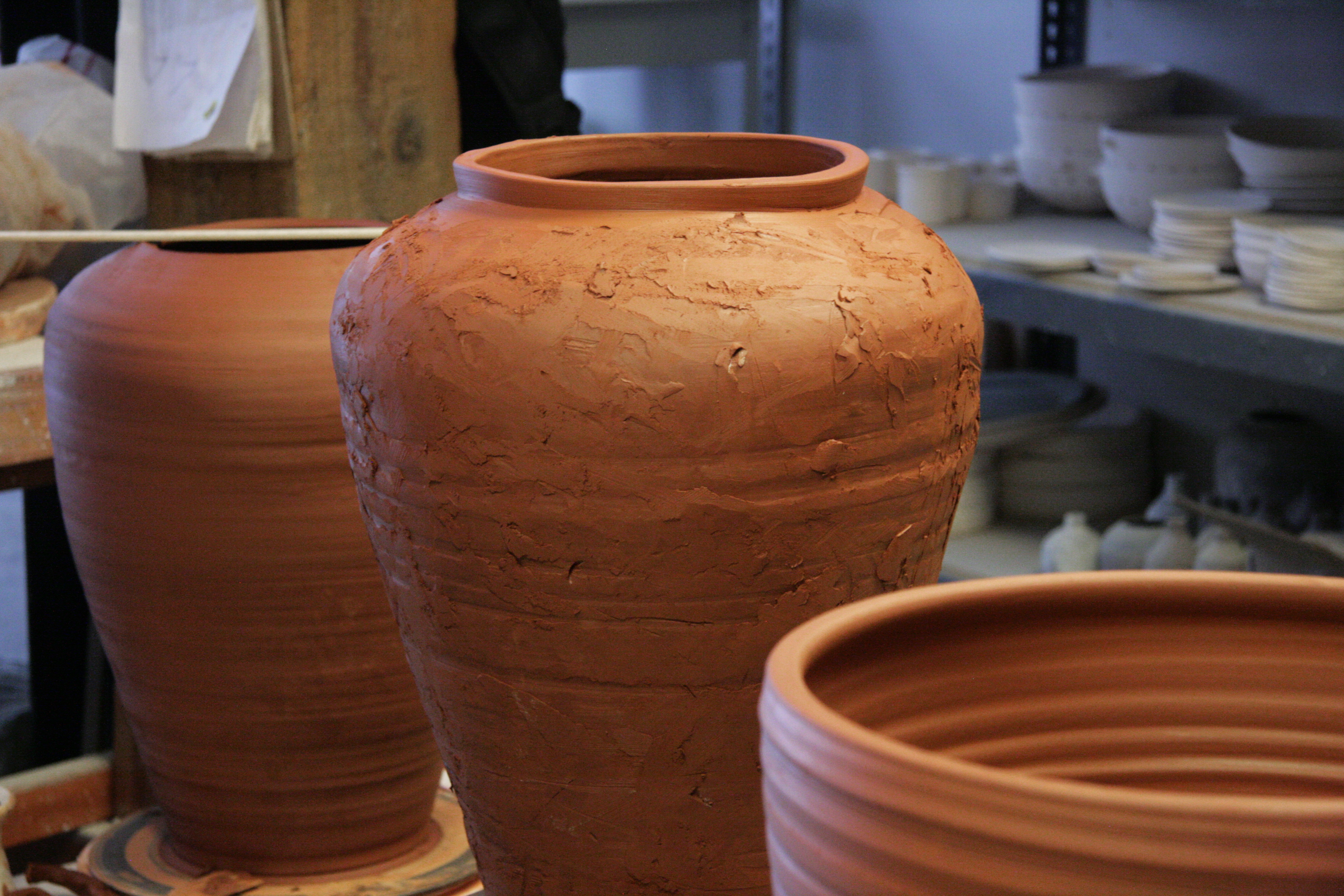
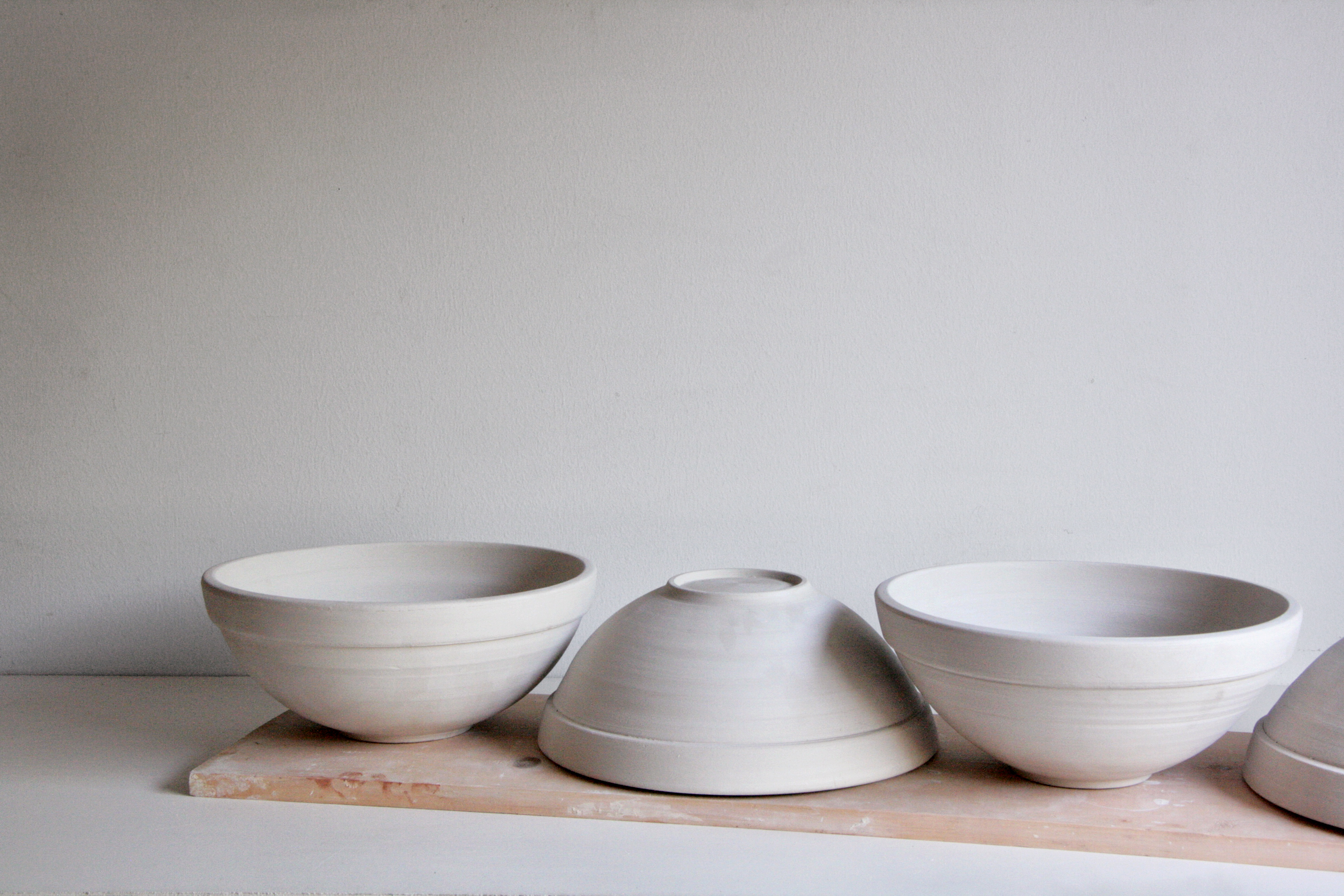


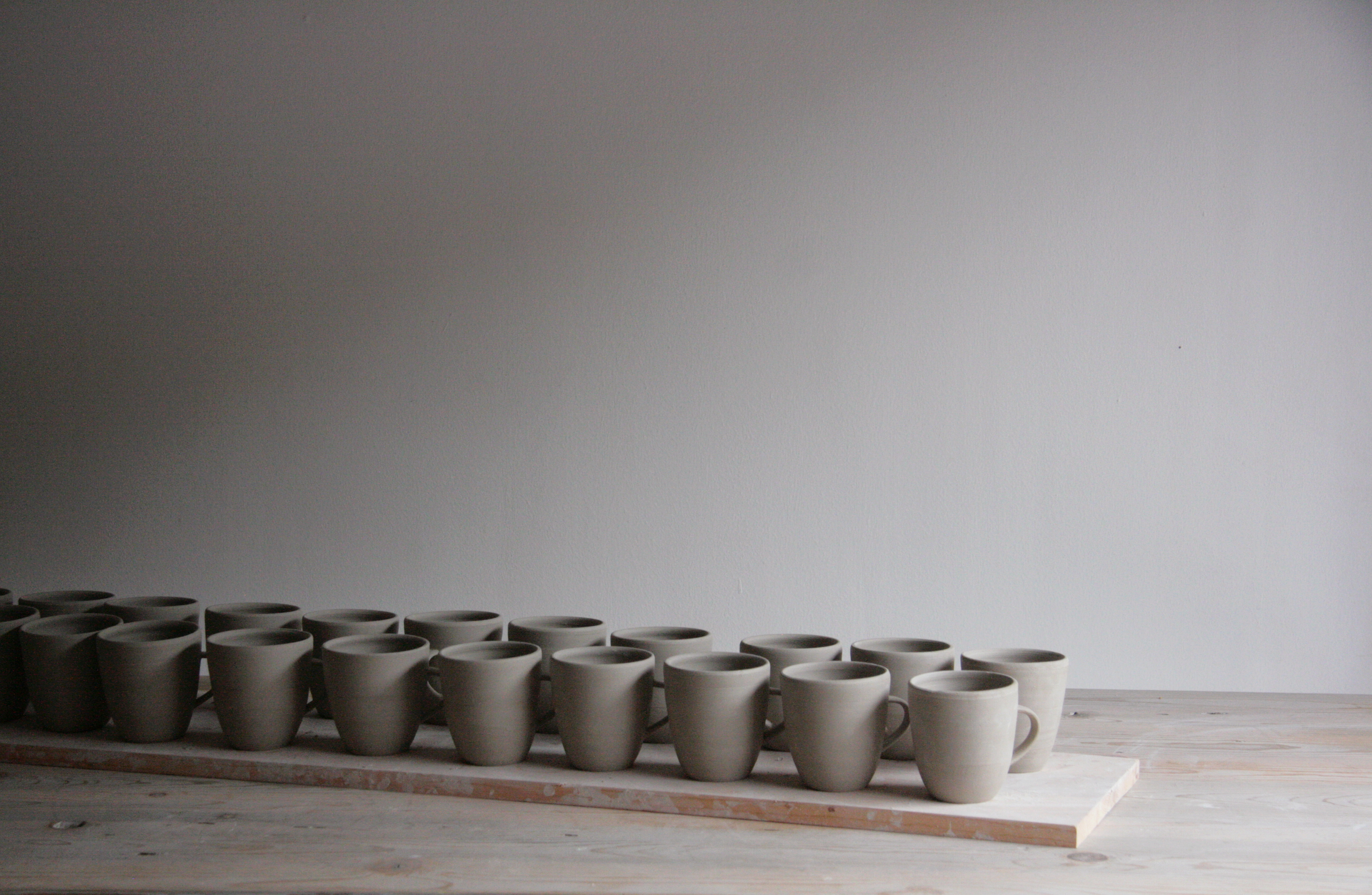


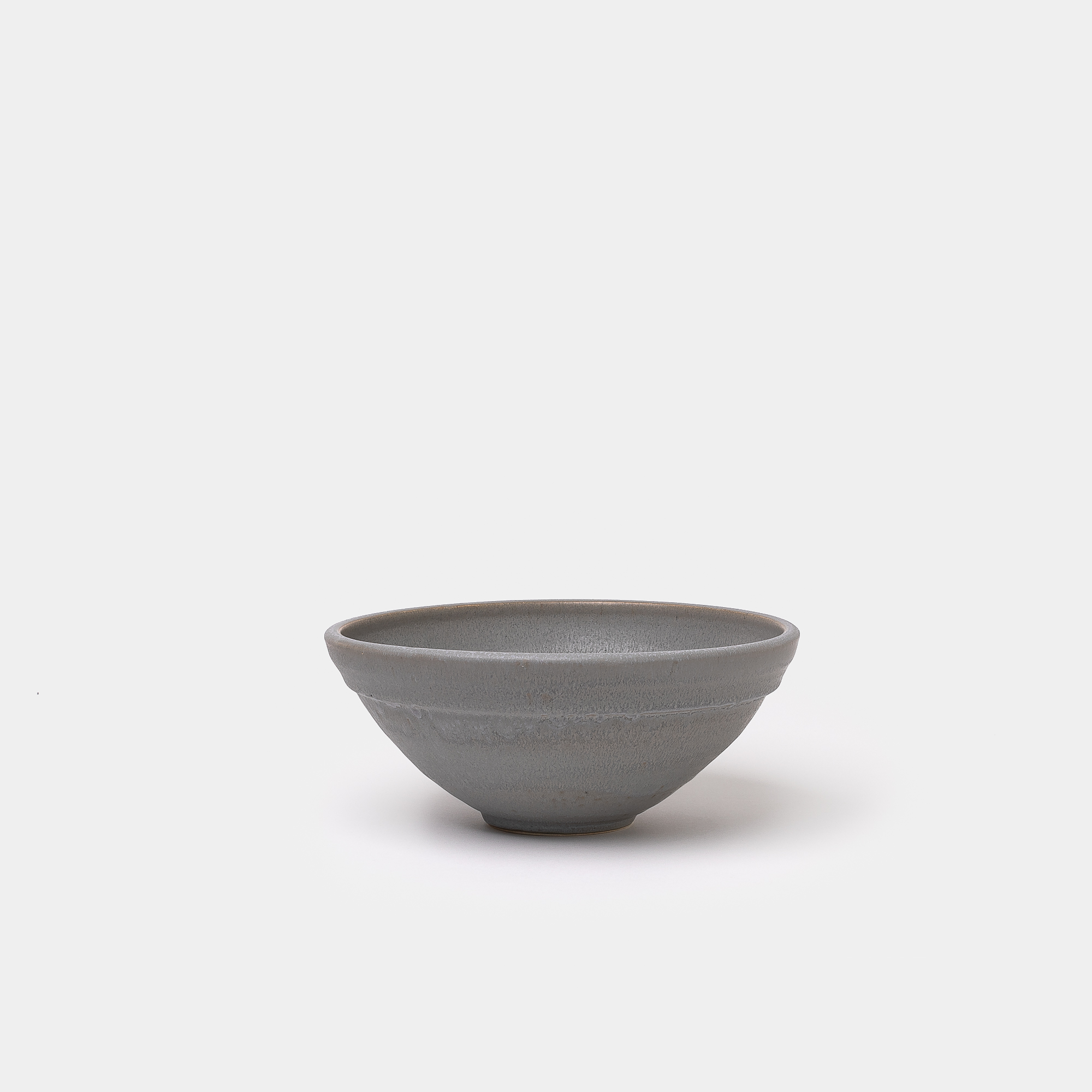
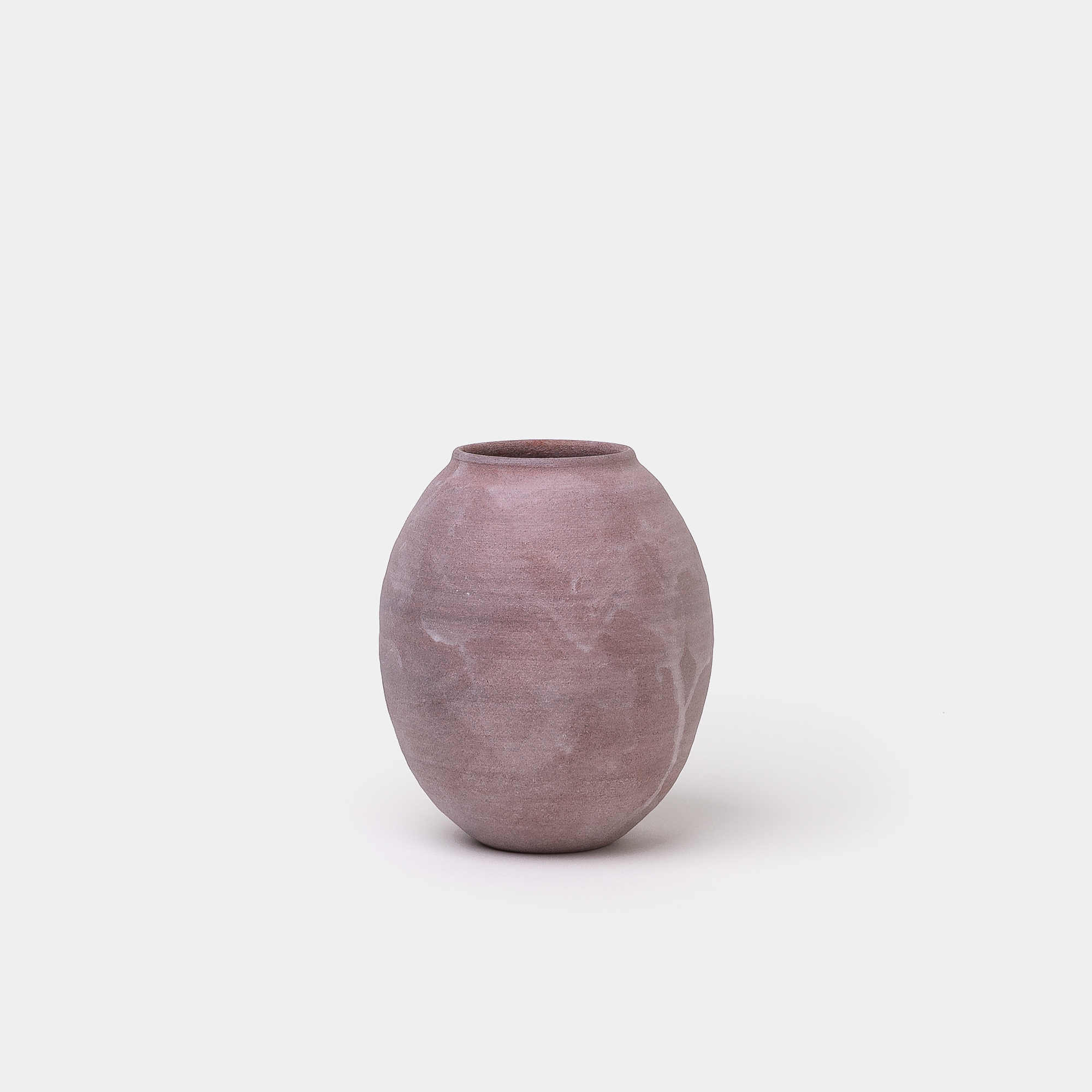
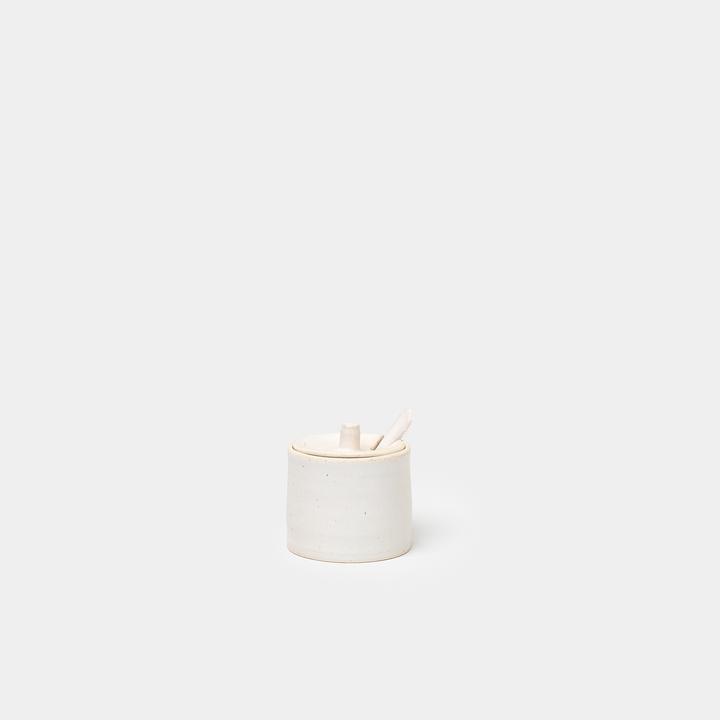
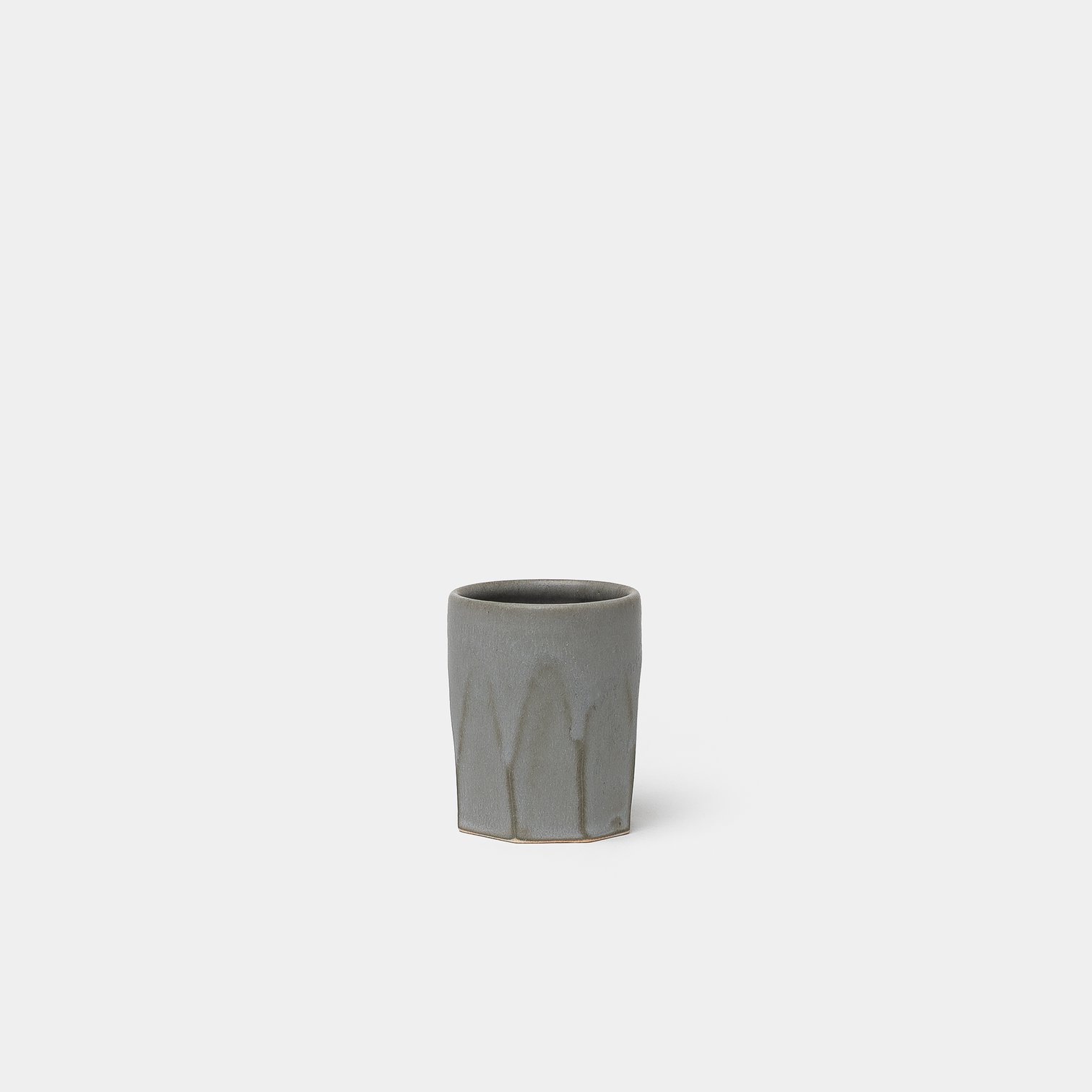
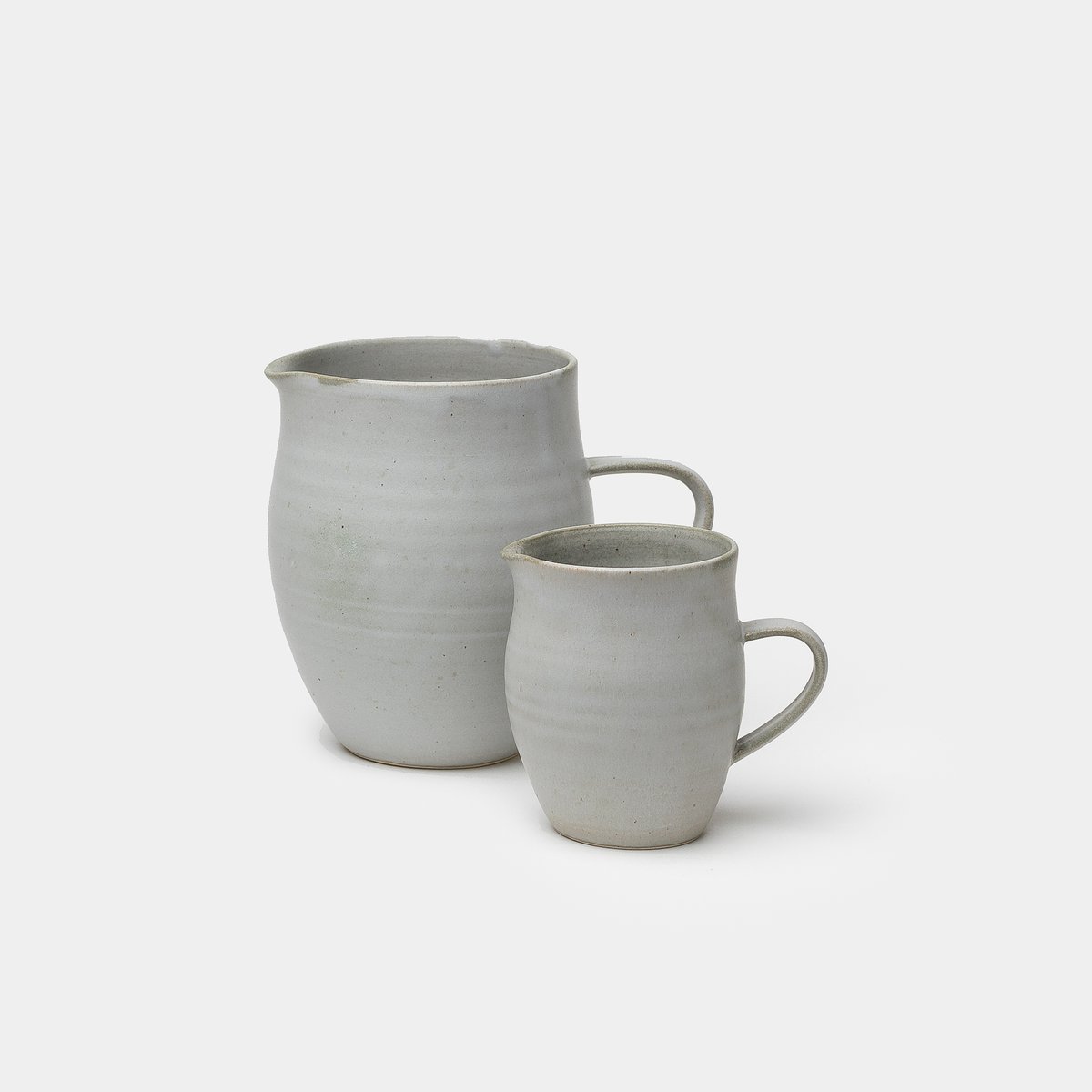


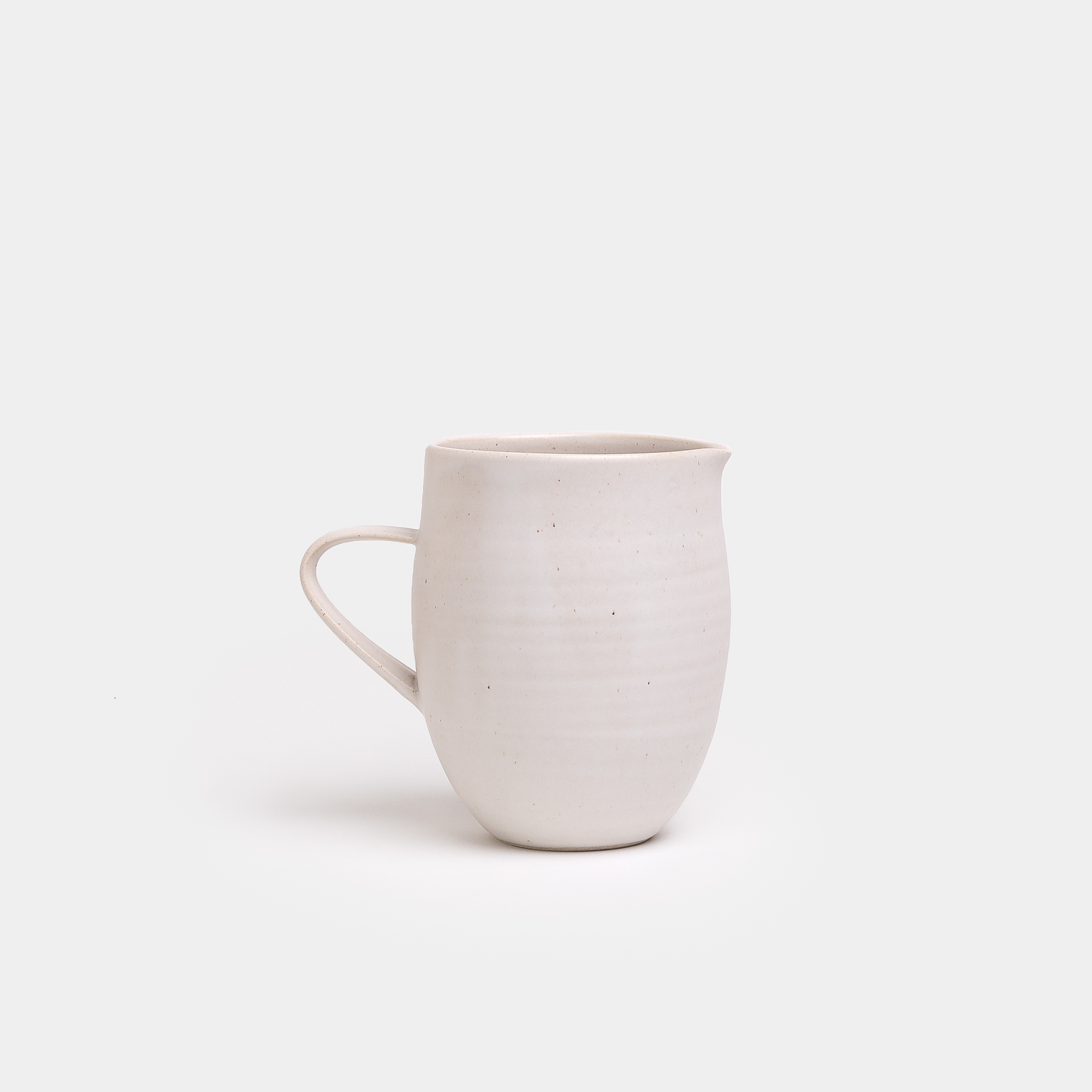
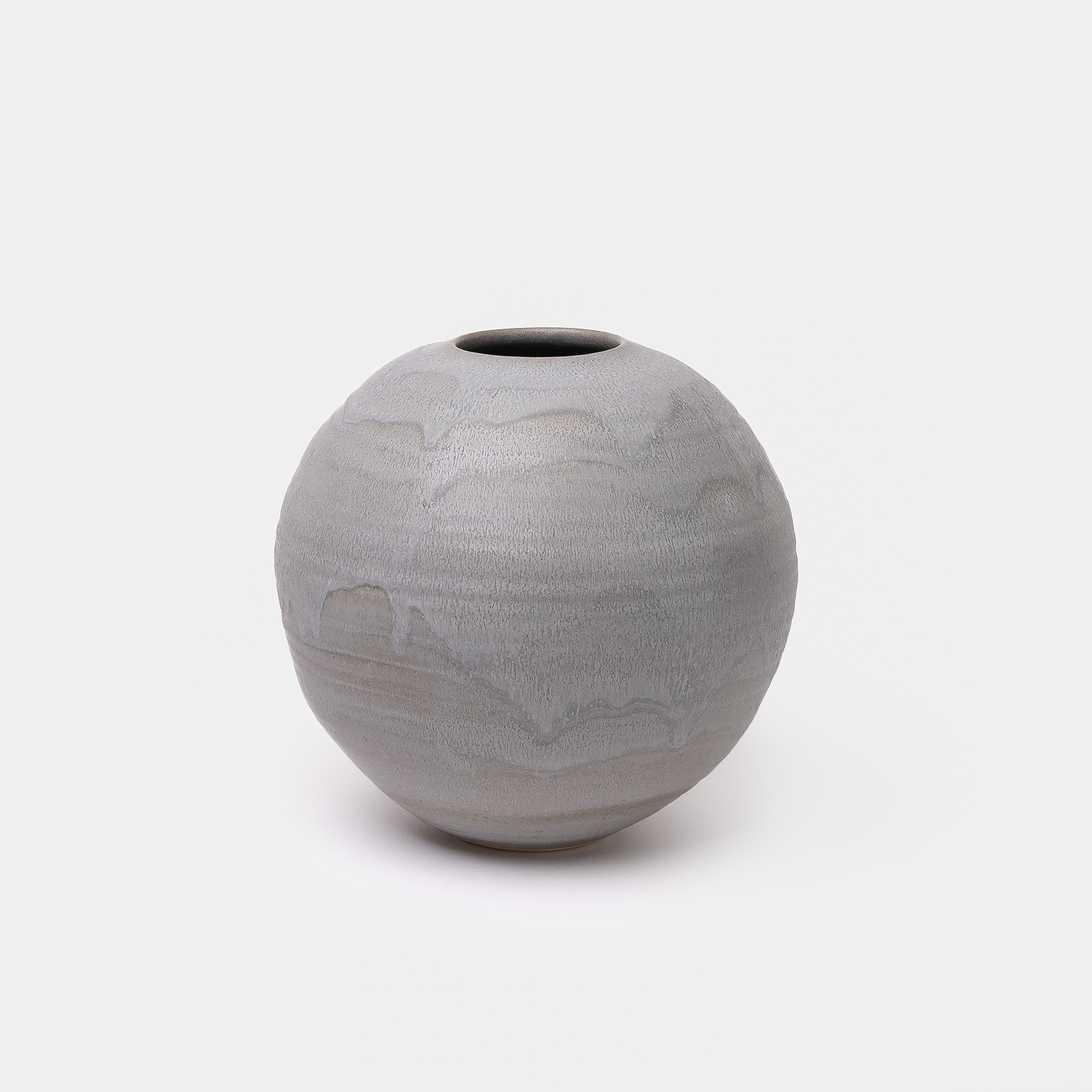

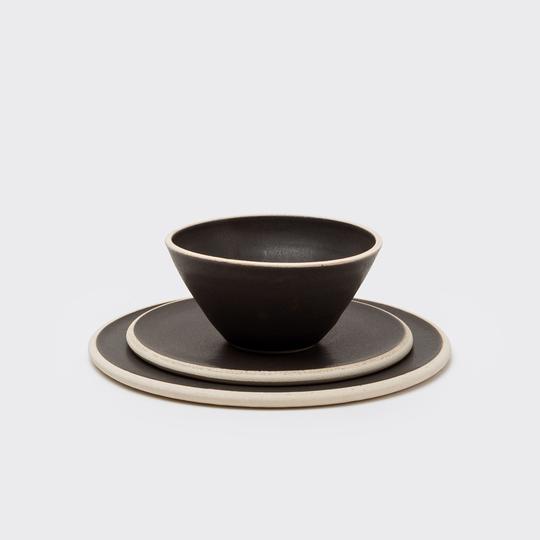
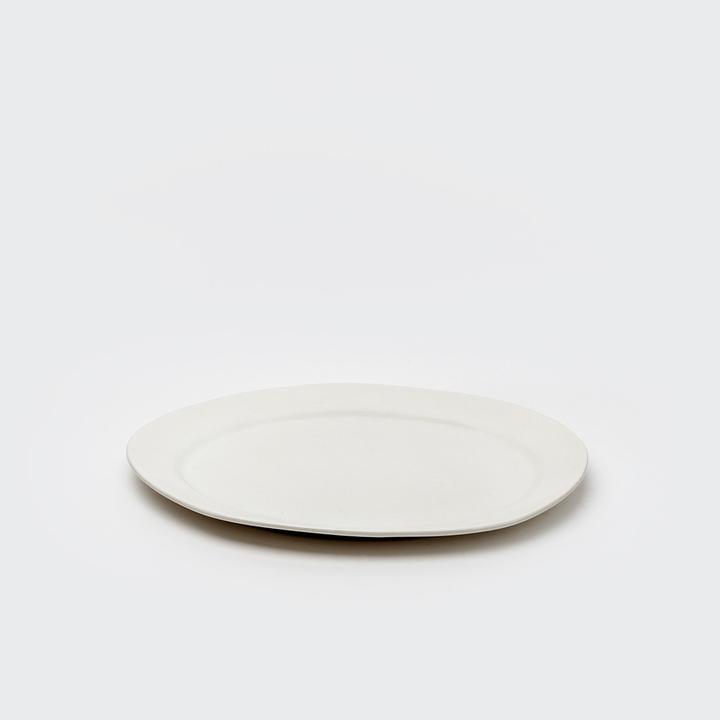
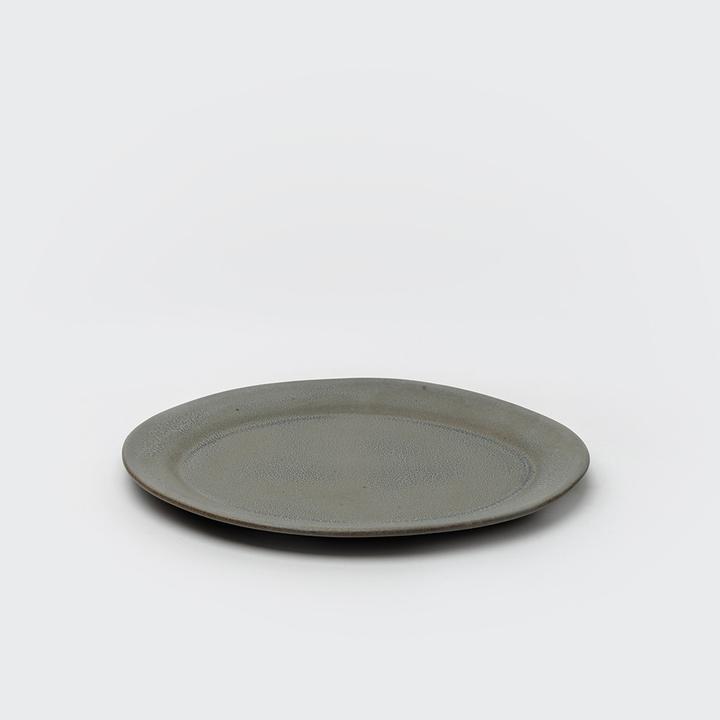
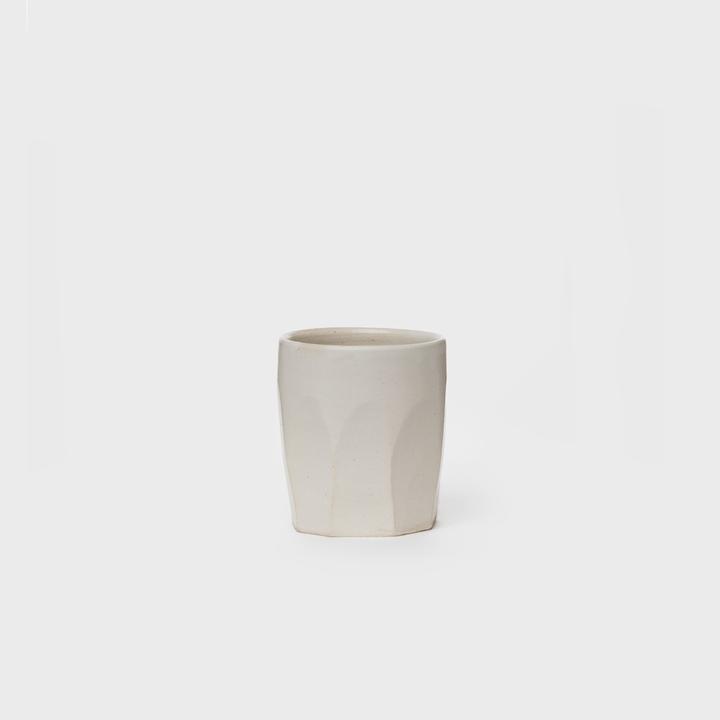
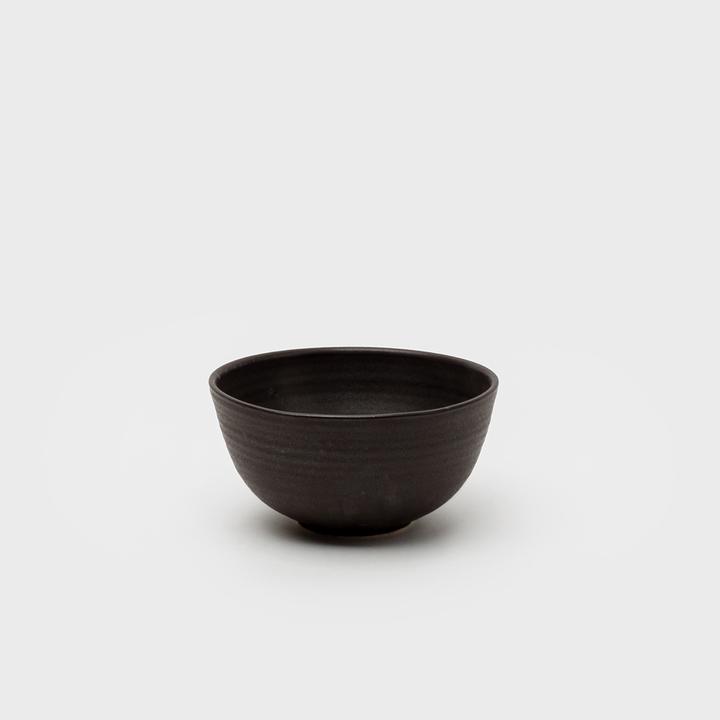
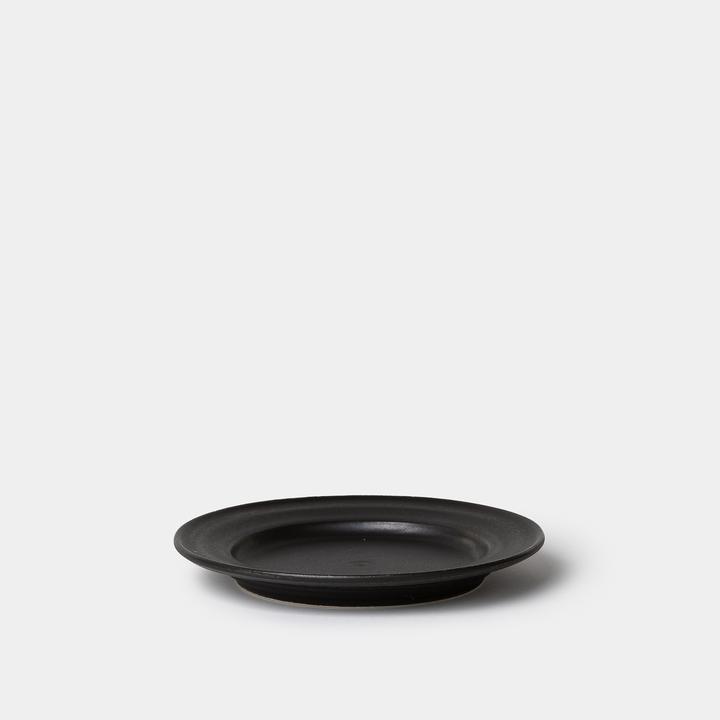


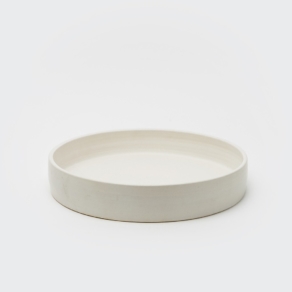
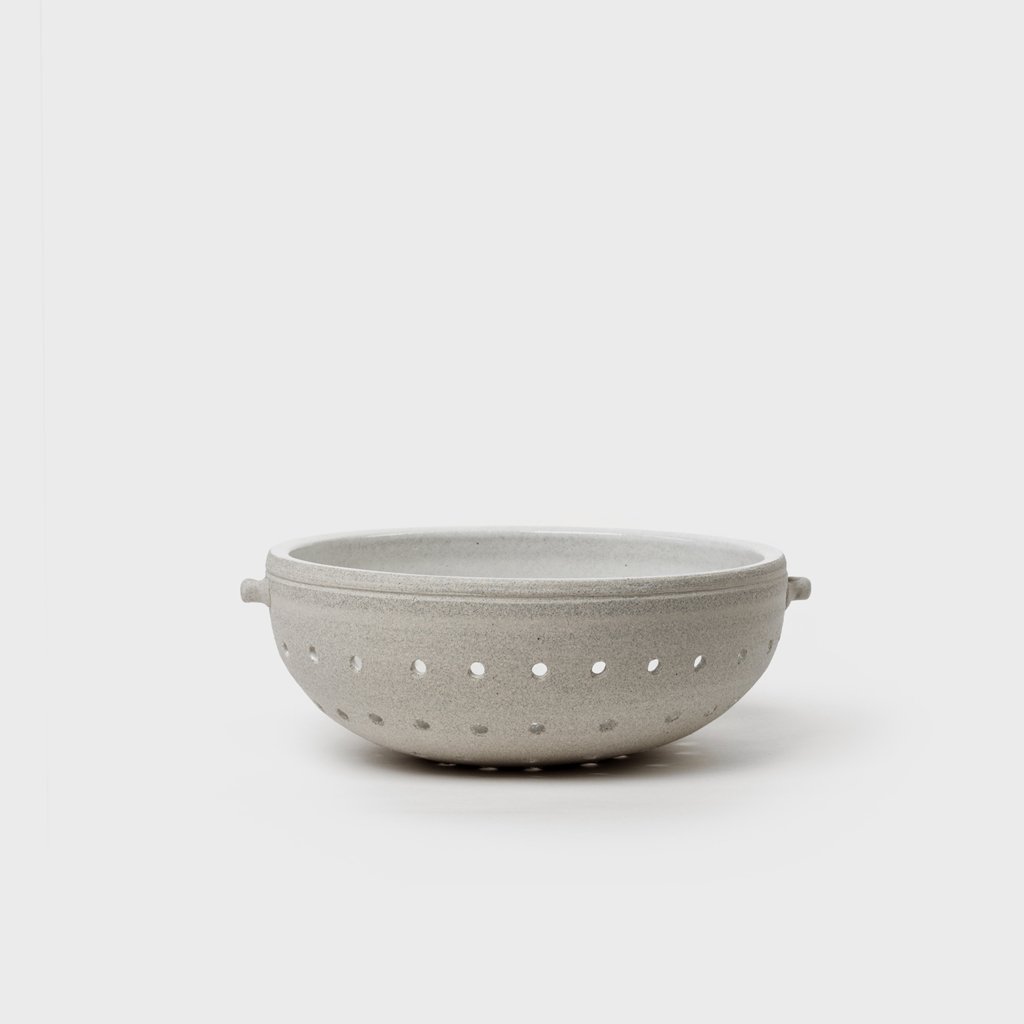




Comment